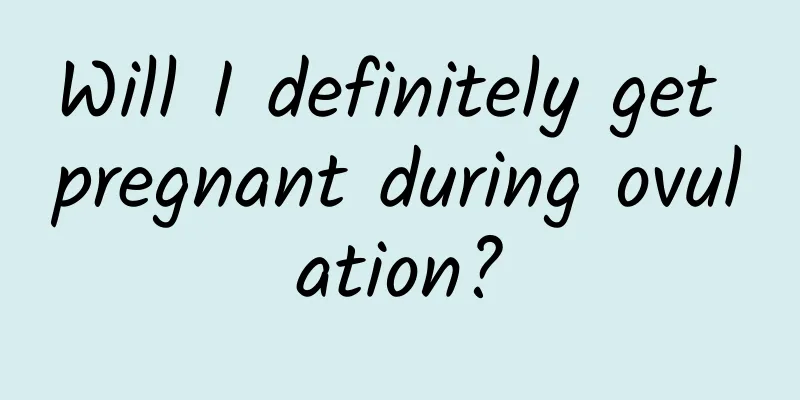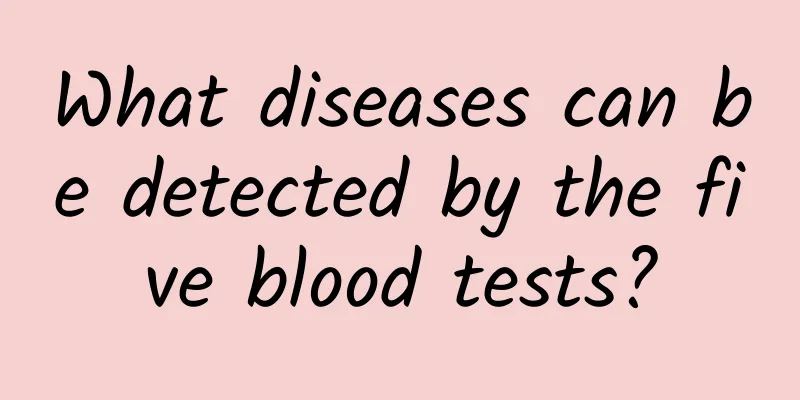Varicose veins in one leg

|
Varicose veins are a very common disease, especially for people who stand frequently, the incidence of varicose veins is higher. Varicose veins can occur in many parts of the human body, such as the legs, which are prone to varicose veins. When symptoms of varicose veins appear in the legs, in addition to the varicose veins in the affected area, there will also be a certain soreness and swelling in the legs. Therefore, after varicose veins appear, you must go to the hospital for treatment in time. 1. Causes There are many causes of varicose veins in the lower limbs, the most common of which is simple superficial varicose veins in the lower limbs, the main cause of which is the insufficiency of the femoral saphenous vein valve. Another important cause is primary deep venous insufficiency (PDVI) of the lower extremities, which is often combined with great saphenous vein valvular insufficiency and often manifests as tortuous dilatation of the superficial veins. In addition, post-deep vein thrombosis syndrome in the lower limbs causes compensatory tortuous dilatation of the superficial veins due to poor deep vein reflux; lower limb arteriovenous fistula and venous malformation hypertrophy syndrome can also present with varicose veins of the lower limbs; obstruction of inferior vena cava reflux, such as Budd-Chiari syndrome, can also lead to varicose veins of the lower limbs. 2. Clinical manifestations 1. The surface blood vessels are varicose like earthworms, obviously protruding from the skin, and the varicose blood vessels are in the shape of masses or nodules; 2. There is a sore and swollen feeling in the legs, pigmentation, desquamation, itching on the skin, and edema in the feet and ankles; 3. Strange sensations in the limbs, such as tingling, itching, numbness, or burning; 4. The epidermal temperature rises, with pain and tenderness; 5. Local gangrene and ulcers. If it is simple varicose veins of the lower limbs, the clinical symptoms are generally mild and progress slowly, mostly manifested as simple varicose veins. In a few cases, there may be thrombophlebitis, venous ulcers, etc.; if it is deep vein valve insufficiency or even deep vein reflux obstruction, the condition is relatively serious, with a feeling of heaviness when standing in the calf, easy fatigue, and even swelling and bursting pain in the lower limbs. In the later stage, nutritional changes in the skin occur, desquamation, atrophy, pigmentation, and the formation of eczema ulcers. Treatment Varicose veins of the lower limbs can be treated by wearing elastic stockings, injecting sclerosing agents, surgical stripping, etc. Deep venous valve insufficiency can be treated by valve repair surgery and laparoscopic perforator ligation, etc. Varicose veins in the lower limbs may also indicate the presence of other diseases, and the primary disease needs to be actively treated; if the deep veins have poor venous return, surgical treatment of the superficial veins should be more cautious. |
<<: Blood pressure changes during the day
>>: How many neurons does the brain have?
Recommend
How to treat closed comedones
Closed comedones are very common in life. They oc...
Diet therapy for erosive gastritis
The stomach is a very important organ in our huma...
Chinese patent medicine for treating spleen and kidney yang deficiency
In the basic theory of traditional Chinese medici...
Differential diagnosis of facial nerve palsy can be distinguished from these two classifications
For a long time, the method of differential diagn...
Can I take vitamin B1 for tinnitus?
Tinnitus is quite common in daily life. At this t...
The compatibility rules of Chinese medicine
There are still certain rules to follow when comb...
What causes eyelid twitching?
Eyelid twitching is a common phenomenon. Some peo...
My period has been delayed for eleven days. What's going on?
If your period is delayed for about 11 days, you ...
Symptoms of early hemorrhoids
Hemorrhoids are a disease with a high incidence r...
What happens if there is oil in the urine?
The human body urinates every day. The frequency,...
What causes vomiting on an empty stomach?
In real life, vomiting is a problem that many peo...
The sequelae of IVF
Many people want to have a cute and lively baby, ...
Why are there many red spots on the baby's back?
If there are many red spots on the baby's bac...
How does Chinese medicine take the pulse?
Traditional Chinese medicine has made enormous co...
How to treat head tremors
Head tremors are also common in life. There are m...









